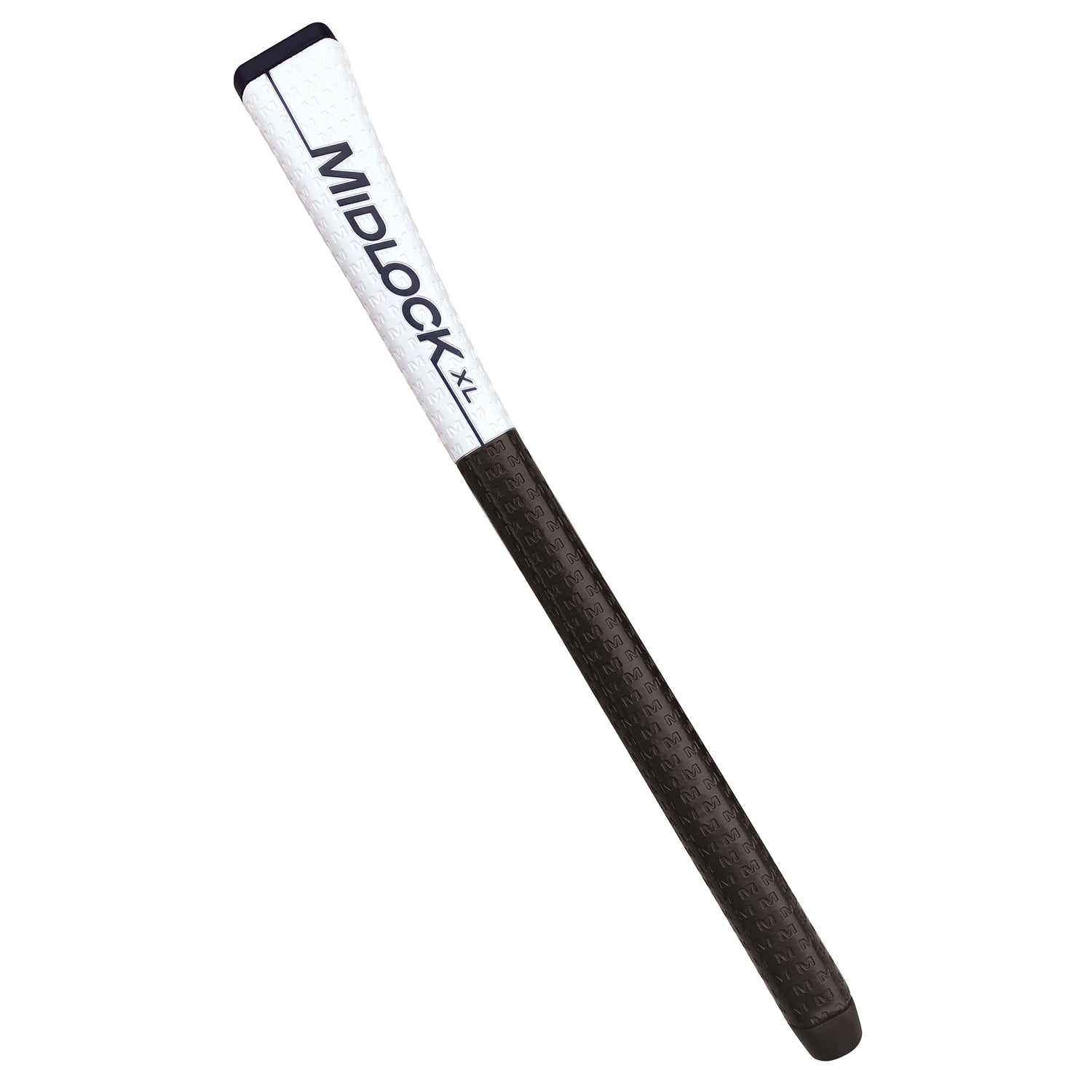Putting grip styles vary significantly among golfers, with each style offering different benefits that can suit individual preferences, putting challenges, or comfort issues. Here's an overview of the top putting grip styles and their uses:
1. Traditional Grip
Description: The most common grip, where the lead hand (left hand for right-handed golfers) is placed above the trailing hand on the putter grip.
Uses: Offers a comfortable and natural feel for many golfers, providing stability and control.
2. Reverse Overlap Grip
Description: Similar to the traditional grip but with the index finger of the lead hand overlapping the fingers of the trailing hand.
Uses: Provides extra stability and ensures the hands work together as a single unit, reducing wrist action and promoting a smoother stroke.
3. Cross-Handed (or Left-Hand-Low) Grip
Description: The lead hand is placed below the trailing hand on the putter grip, reversing the positions compared to the traditional grip.
Uses: Helps in keeping the wrist firm through the stroke, reducing the risk of wrist hinge and promoting a more consistent putt. It's particularly useful for golfers who struggle with wristiness or need more stability in their stroke.
4. Claw Grip
Description: The trailing hand's palm faces towards the target with the fingers lightly gripping the putter, while the lead hand grips the putter normally.
Uses: Reduces the influence of the dominant hand, promoting a more pendulum-like stroke. It's beneficial for golfers who tend to overuse their wrist or dominant hand during the putt.
5. Arm Lock Grip
Description: The putter is gripped against the lead forearm, locking it in place, and is often used with a longer putter.
Uses: Provides a very stable putting stroke by minimizing wrist action and ensuring the arms and putter move as one. It's particularly useful for golfers looking for maximum stability and those who struggle with traditional grips.
6. Pencil (or Prayer) Grip
Description: The putter is held with both thumbs down the shaft, and the hands can either be touching or slightly apart, resembling holding a pencil.
Uses: Offers excellent feel and control, especially for golfers with softer touch on the greens. It's favored by players who prefer a lighter grip pressure and more finesse in their putting stroke.
7. Split Grip
Description: The hands are spaced apart on the putter grip, with one hand near the top of the grip and the other lower down.
Uses: Enhances feel for golfers and can improve control for those who struggle with distance control. It's also useful for players who benefit from a more balanced stroke.
8. The Gator Grip (or Double Claw)
Description: A variation of the claw grip where both hands are in a claw-like position on the grip.
Uses: Aimed at completely removing the wrists from the stroke to ensure a pure shoulder-driven putting motion, suitable for golfers who struggle with excessive wrist hinge.
Each grip style has its unique advantages, and choosing the right one often comes down to personal preference, comfort, and the specific challenges a golfer faces with their putting stroke. Experimenting with different grips on the practice green is a great way to find the one that best suits your game.


